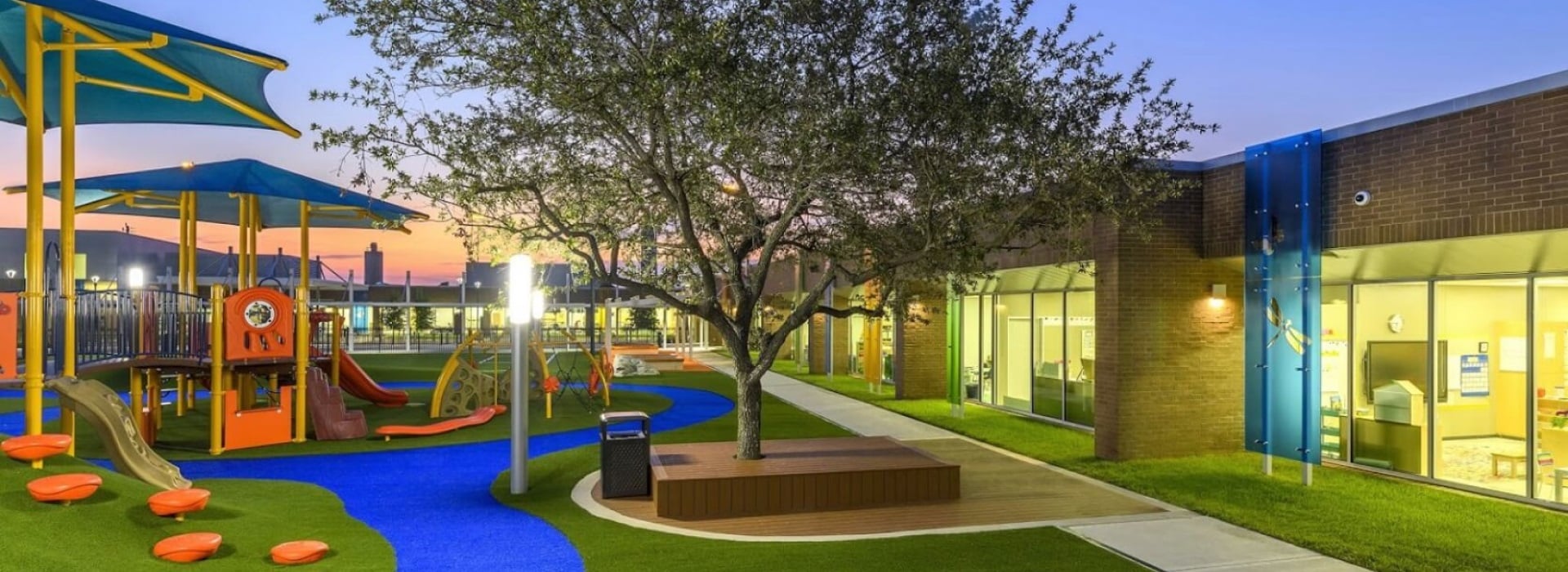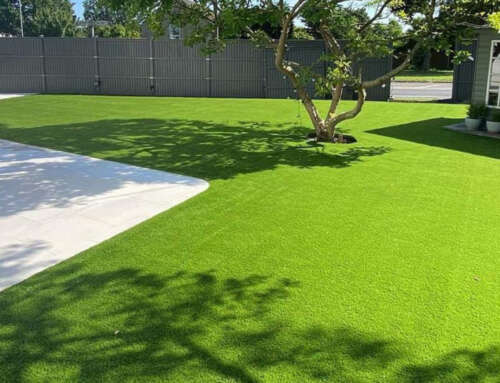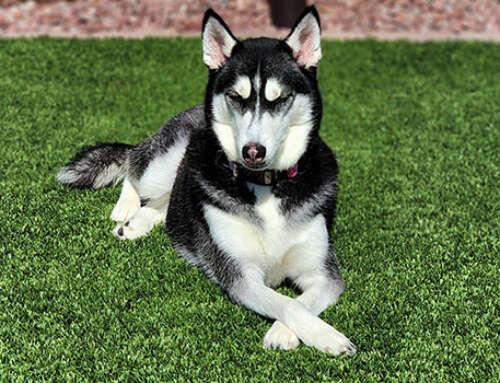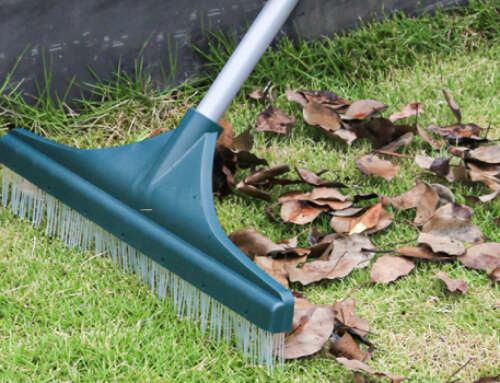Synthetic grass is a great option for playgrounds
No more muddy playing fields
No need for water or fertiliser
No mowing required
No pesticides are needed
Less upkeep is required
Aesthetically pleasing green appearance all year round
Easier to repair and replace sections
Can be used in the winter months as well
Safer than natural turf because it’s slip resistant and doesn’t hold on to frosty residue
Synthetic turf holds an underrated but incredibly valuable feature – slip resistance. Many don’t take this into account when making comparisons between real and fake grass but it’s significantly important. The lack of frost or ice buildup on synthetic surfaces means playgrounds maintain their grip even in winter conditions. This ensures a safer experience for children, who are able to move freely without any worries about slipping down.






